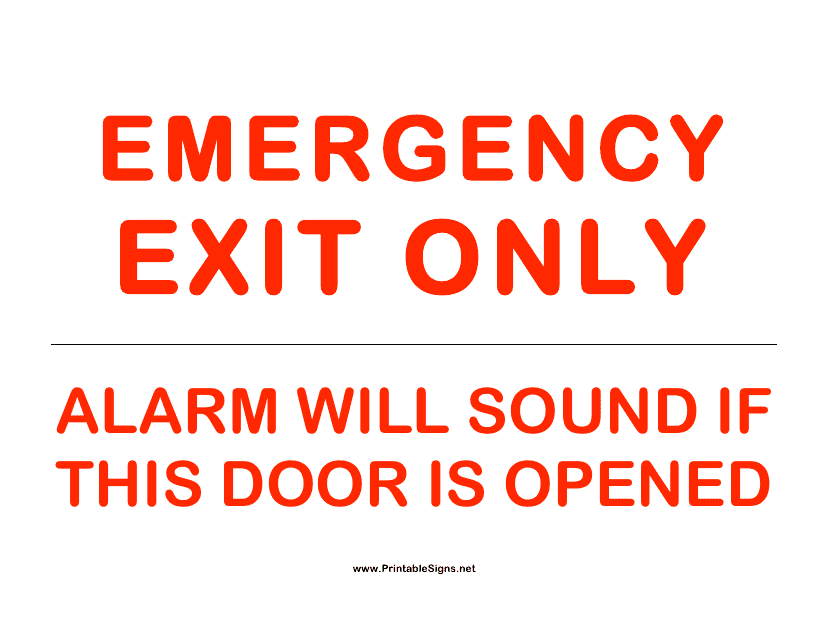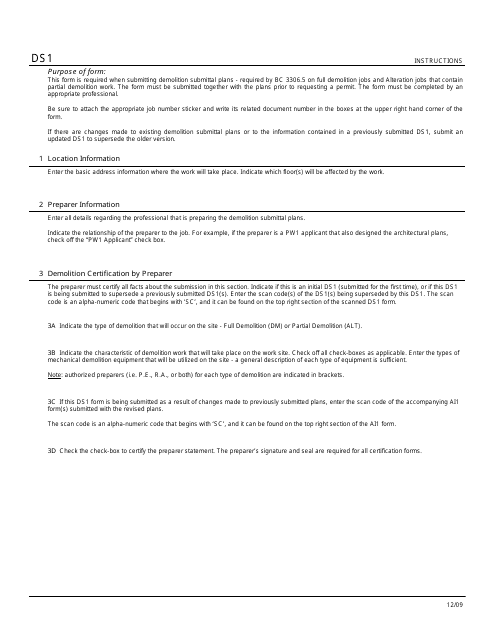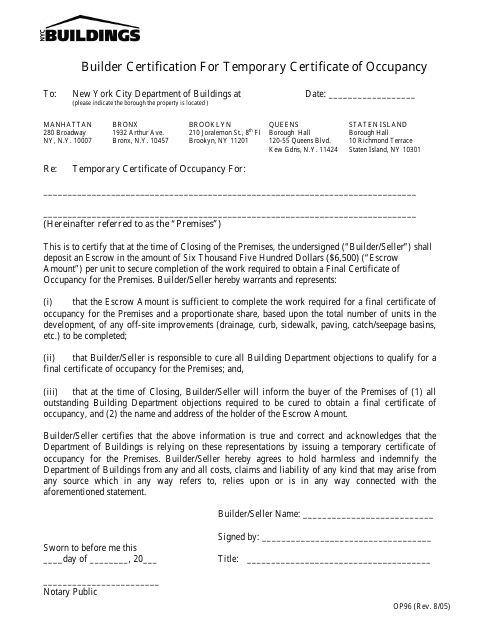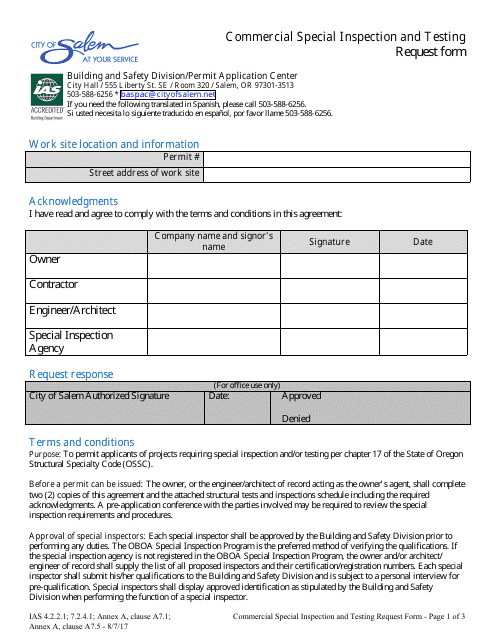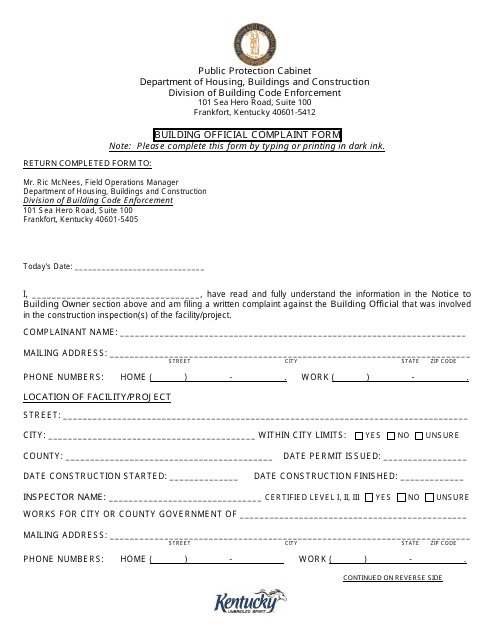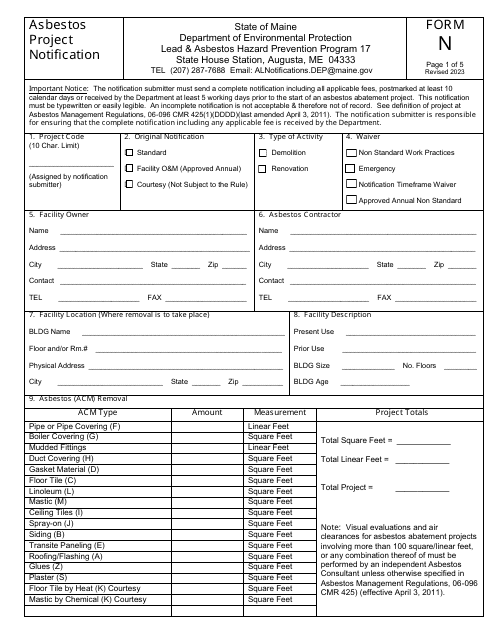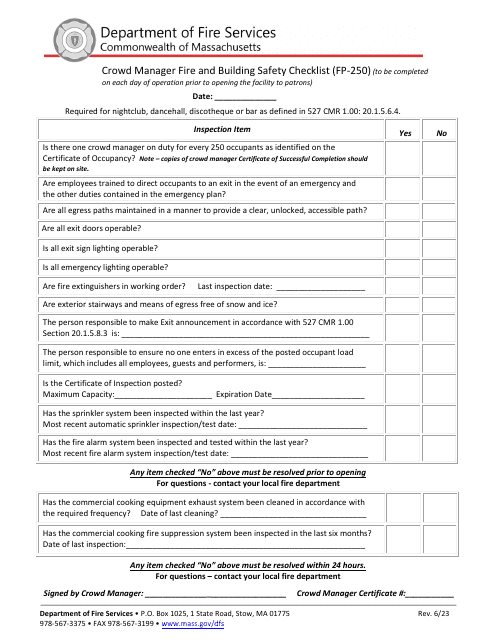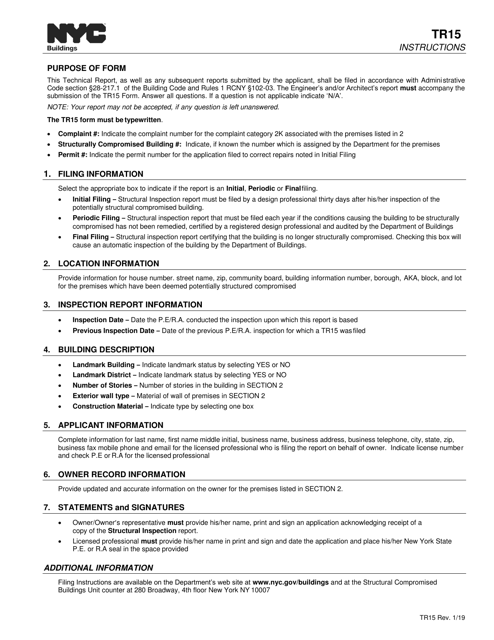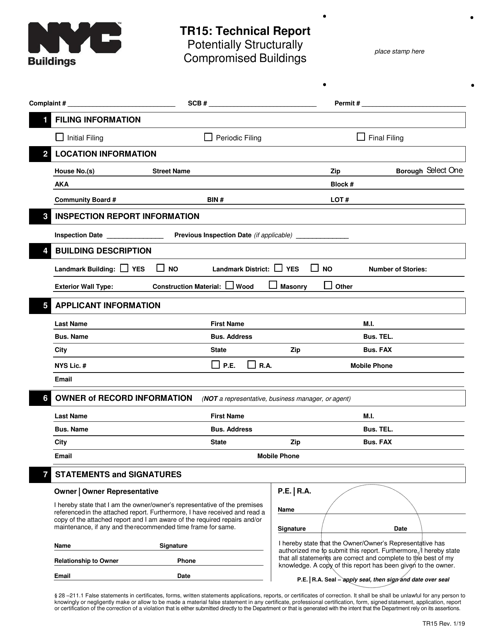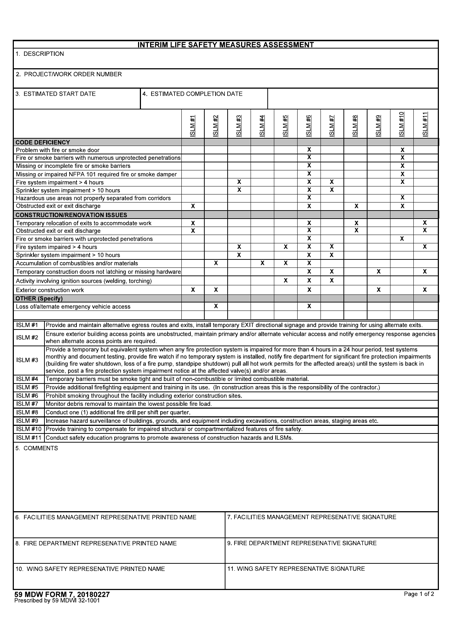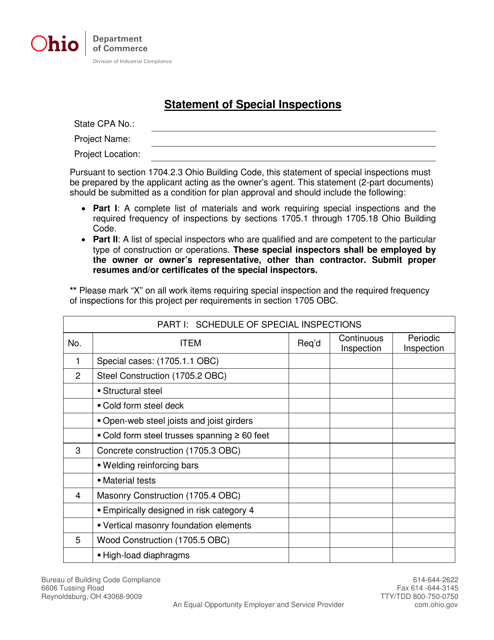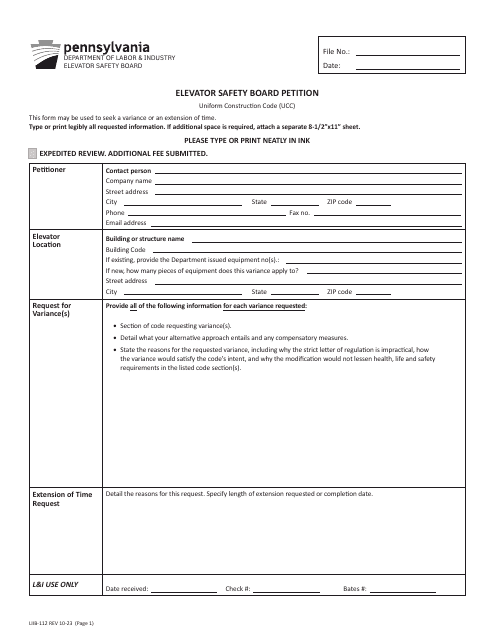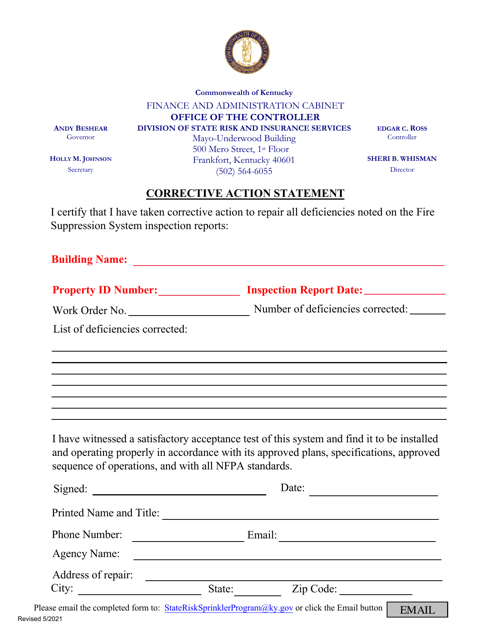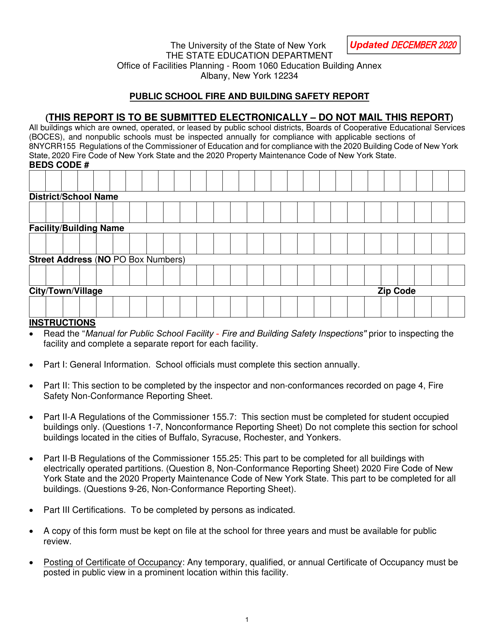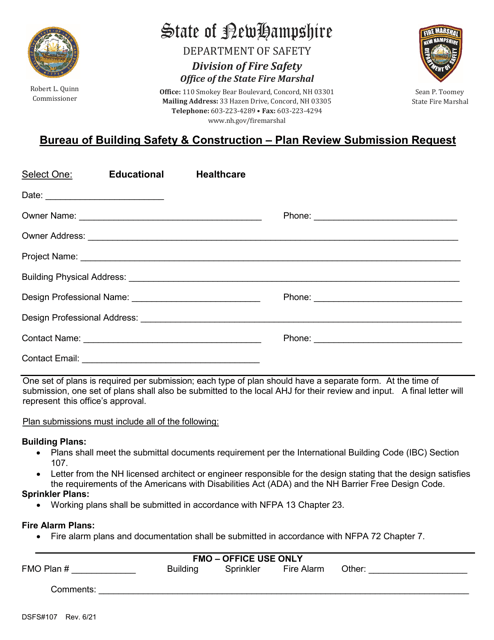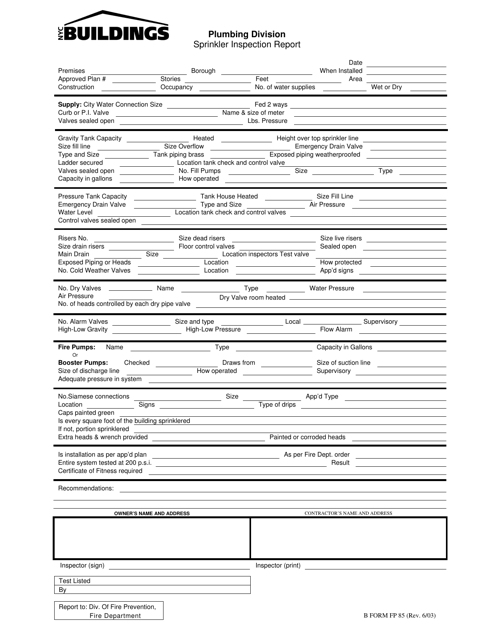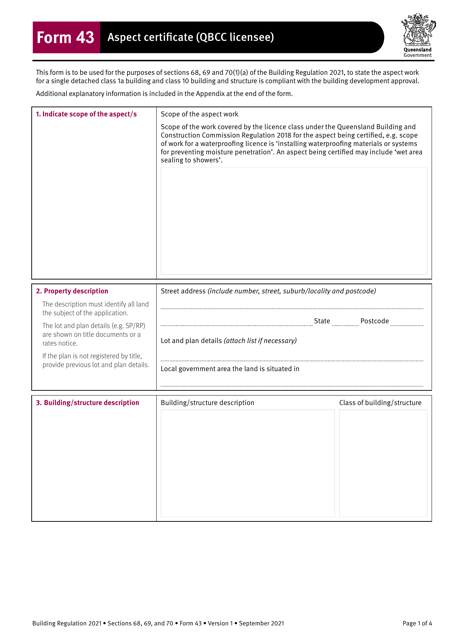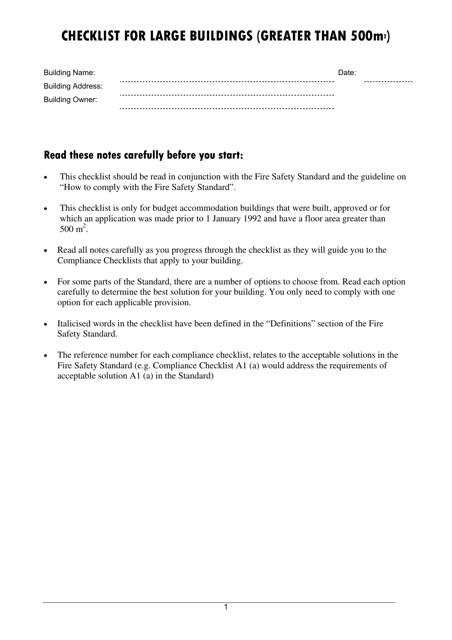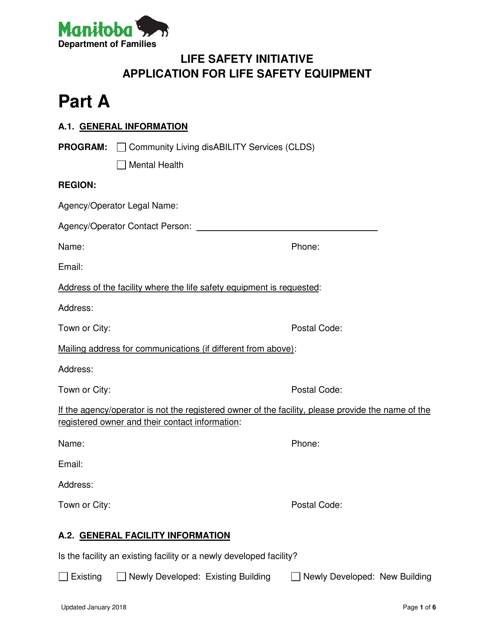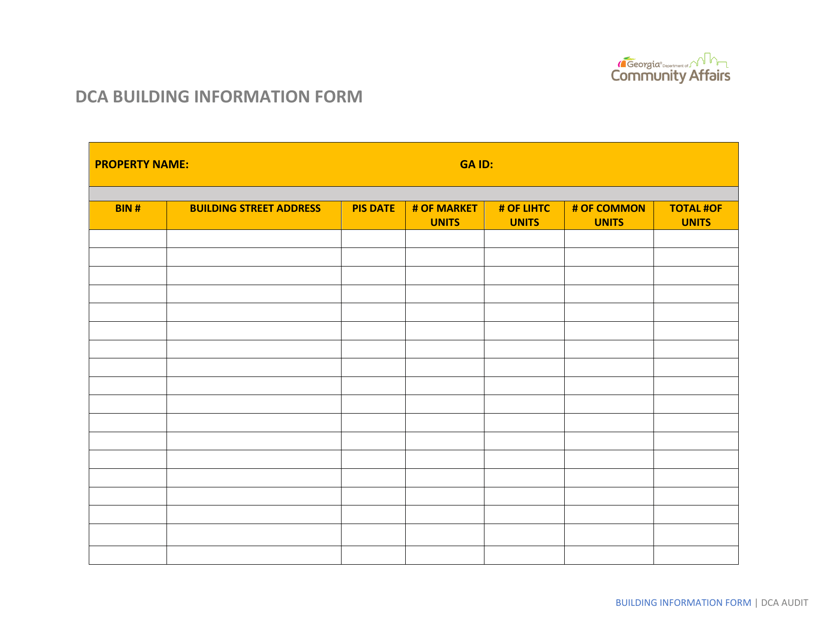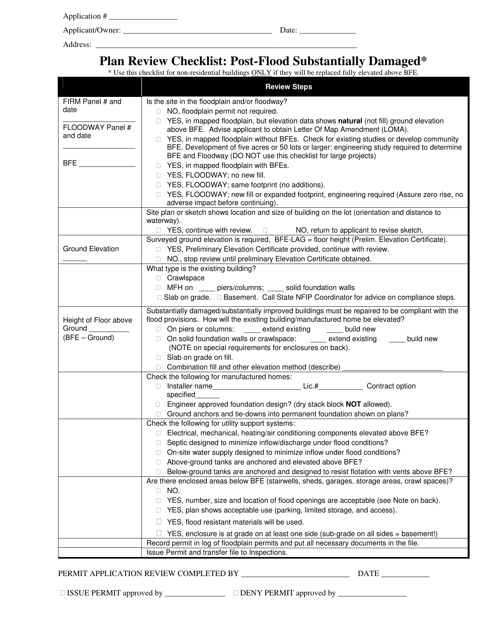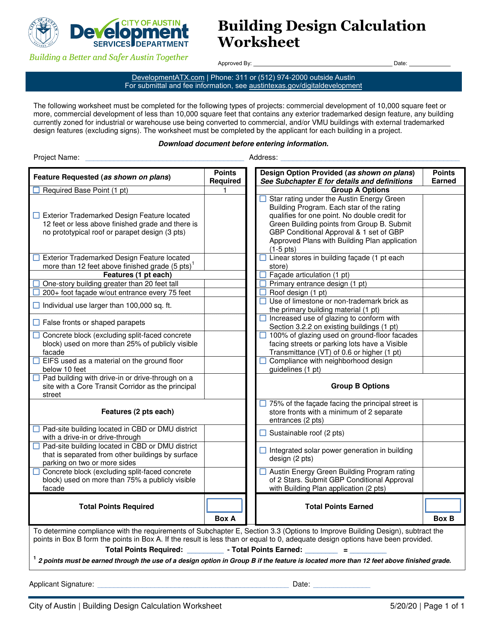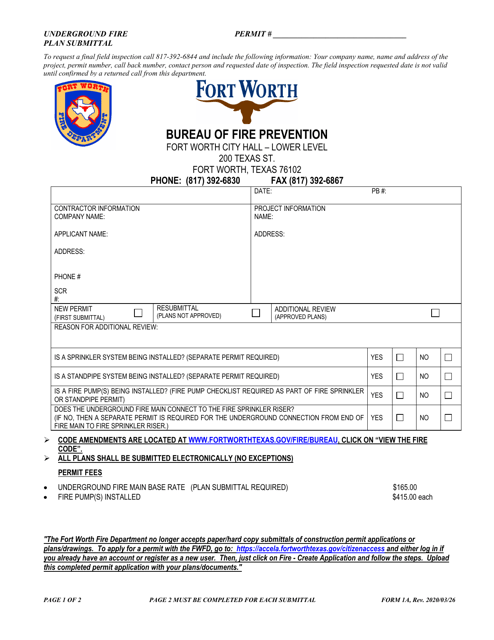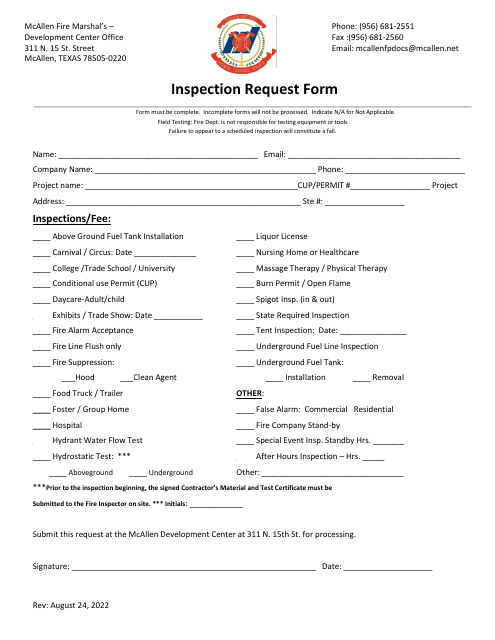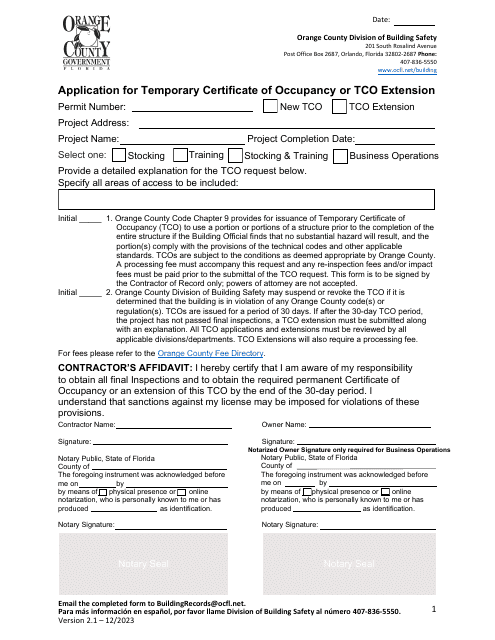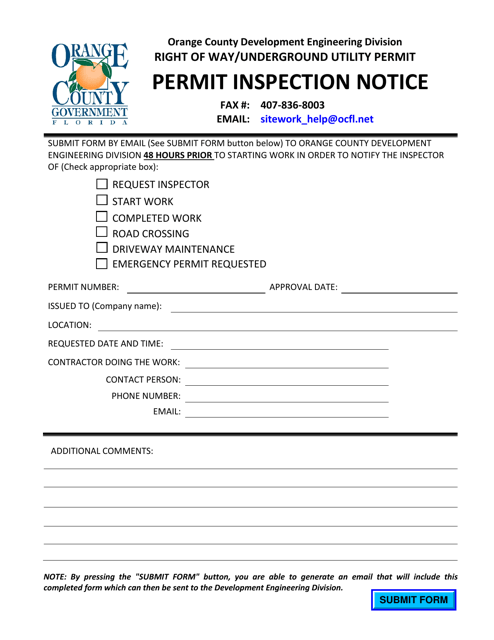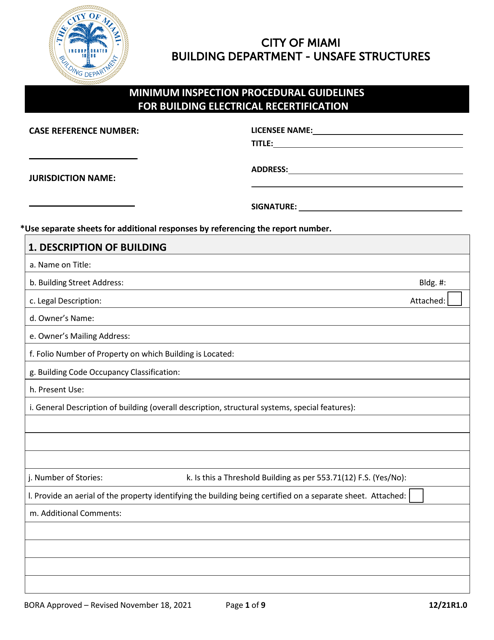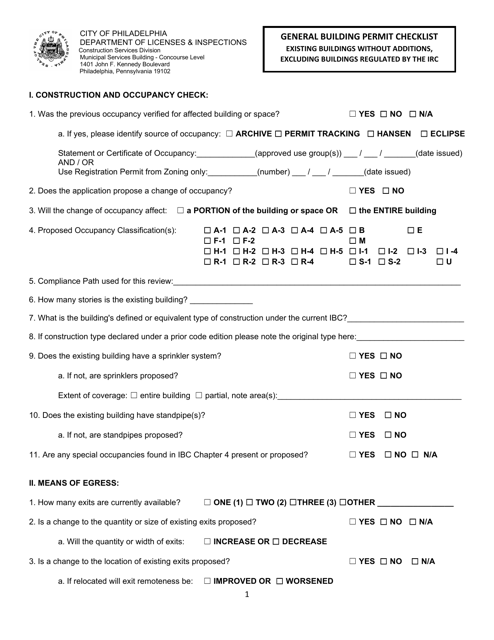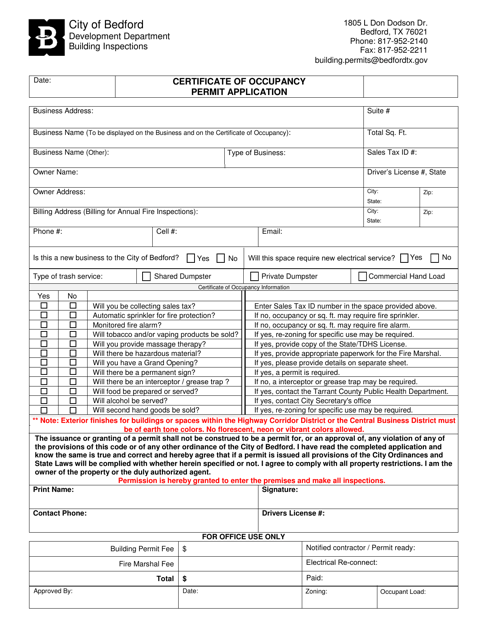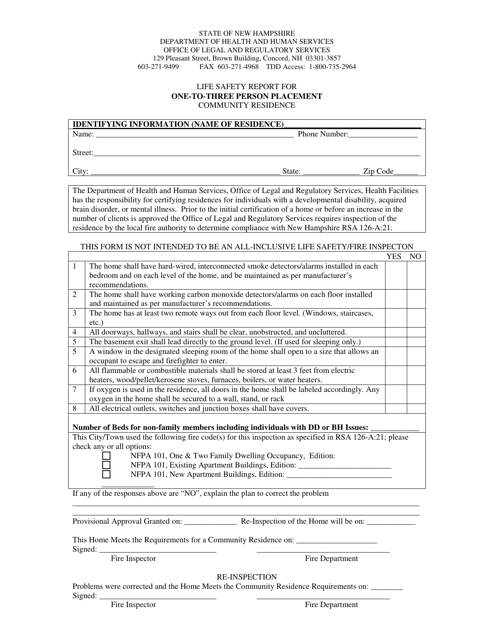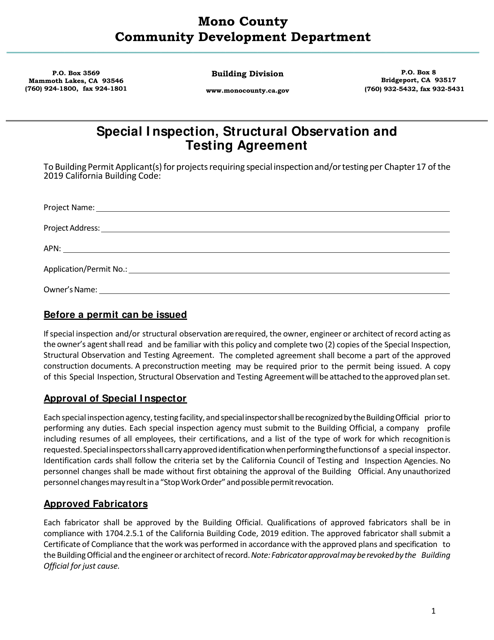Building Safety Templates
Welcome to our webpage dedicated to building safety! We understand the importance of ensuring the safety and well-being of everyone involved in construction projects. Our collection of building safety documents is here to help guide and support you in your efforts to maintain a safe working environment.
Our building safety documents range from forms to checklists, catering to various aspects of safety regulations and requirements. Whether you are a contractor, project manager, or property owner, our collection provides valuable resources to assist you in navigating through the complexities of building safety.
We offer a wide range of documents tailored to specific needs and locations. For instance, our Form N Asbestos Abatement Project Notification is designed to help contractors in Maine comply with asbestos-related regulations. Similarly, our Form FP-250 Crowd Manager Fire and Building Safety Checklist is a useful tool for event organizers in Massachusetts to ensure compliance with safety guidelines.
For those seeking guidance in underground fire planning, our Form 1A Underground Fire Plan Submittal is a valuable resource. This document, required by the City of Fort Worth, Texas, will assist you in developing a comprehensive fire plan.
Our collection also includes general building permit checklists, such as the one offered by the City of Philadelphia, Pennsylvania. This checklist provides a step-by-step guide to ensure that all necessary safety measures are in place before obtaining a building permit.
Lastly, our Structure Protection Checklist is a valuable resource for property owners and construction professionals in Oregon. This checklist ensures that structures are adequately protected from fire and other hazards, promoting a safer construction environment.
At Building Safety Templates, we are dedicated to providing comprehensive and user-friendly documents that facilitate compliance with building safety regulations. Our aim is to minimize risks and promote the highest standards of safety in the construction industry. Browse through our extensive collection, and let us help you stay on top of building safety requirements. .
Documents:
51
This document provides a template for creating emergency exit signs. It helps guide the design of signs used to indicate emergency exits in buildings.
This document is for conducting inspections and notifying violators in the City of Houston, Texas. It provides a checklist for inspections and a notice of violation for those who fail to comply with regulations.
This Form is used for submitting a certification for a demolition project in New York City. It provides instructions for completing the DS1 form.
This form is used for builders in New York City to certify the completion of construction work and obtain a temporary certificate of occupancy.
This form is used for requesting special inspection and testing services for commercial purposes in the City of Salem, Oregon. It ensures compliance with building codes and regulations during construction or renovations.
This form is used for filing a complaint with the building official in Kentucky. It allows individuals to report issues or violations related to building codes, permits, or construction projects.
This document is for filing a complaint regarding asbestos licensing and control in New Jersey.
This document provides instructions for completing Form TR15, which is used for reporting potentially structurally compromised buildings in New York City. It includes guidelines and requirements to ensure accurate reporting of building conditions.
This Form is used for reporting potentially structurally compromised buildings in New York City.
This form is used for conducting safety inspections of buildings in Texas. It includes a checklist to ensure that buildings meet the necessary safety requirements.
This document is used for recording and reporting on special inspections conducted in the state of Ohio. It ensures compliance with building codes and regulations for certain construction projects.
This document provides information about the fire and building safety standards of public schools in New York. It includes data on inspections, violations, and the overall safety of the schools.
This diagram provides an overview of the emergency exits in Nebraska. It shows the various exit points and pathways in different locations, helping individuals quickly locate the nearest exit in case of an emergency.
This form is used for requesting a safety inspection of concrete enforcement in New York City.
This document is a sprinkler inspection report for buildings in New York City. It is used to ensure that sprinkler systems are functioning properly and meeting safety standards.
This document provides information on fire sprinkler systems and certifies installers in California. Learn about the importance of fire sprinkler systems and find certified installers in your area.
This document is used for obtaining an Aspect Certificate for QBCC Licensees in Queensland, Australia.
This document provides a checklist for large buildings (greater than 500m2) in Queensland, Australia. It covers various requirements and considerations for ensuring compliance and safety in these types of structures.
This form is used for applying for life safety equipment in Manitoba, Canada.
This document is a report that verifies the structural integrity of buildings in the city of Austin, Texas. It ensures that the buildings meet safety standards and codes.
This document collects information about buildings in Georgia, United States. It is used to gather data and details related to construction, maintenance, and safety of buildings in the state.
This document is a checklist used in West Virginia for reviewing plans after a flood that caused substantial damage. It helps ensure that the necessary repairs and improvements are made to bring the property up to code and mitigate future flood risks.
This document provides a detailed report on the structural observations made in the City of Austin, Texas. It highlights any potential issues or concerns related to the structural integrity of buildings or infrastructure in the city.
This document is used for calculating building designs in the City of Austin, Texas. It provides a worksheet for performing various calculations required for building design projects in compliance with local regulations and standards.
This Form is used for submitting an underground fire plan to the City of Fort Worth, Texas.
This document is a notice of permit inspection in Orange County, Florida. It is used to inform the recipient about the upcoming inspection of a permitted property or project. The purpose of the inspection is to ensure compliance with building codes and other regulations.
This document provides guidelines for the minimum inspection procedures required for the recertification of building electrical systems in the City of Miami, Florida. It outlines the steps that need to be followed to ensure the safety and compliance of electrical installations in buildings.
This document provides a checklist of requirements to obtain a general building permit in Philadelphia, Pennsylvania. It covers the necessary steps and documentation needed for the permit application process.
This document is used to apply for a Certificate of Occupancy Permit in the City of Bedford, Texas. It is required to ensure that a building or property meets all safety and zoning regulations before it can be occupied.
This document is used for conducting a life safety report for a placement location in New Hampshire that accommodates one to three people. It assesses the safety measures and potential hazards in the location to ensure the well-being of the individuals residing there.
This document is a Special Inspection, Structural Observation, and Testing Agreement specific to Mono County, California. It outlines the agreement between parties for conducting special inspections, structural observations, and testing related to construction projects in the county.
This document is a checklist that provides guidance on measures to protect buildings and structures in the state of Oregon from various hazards, such as wildfires and earthquakes. It covers important considerations for construction, maintenance, and retrofitting to enhance the resilience of structures.

